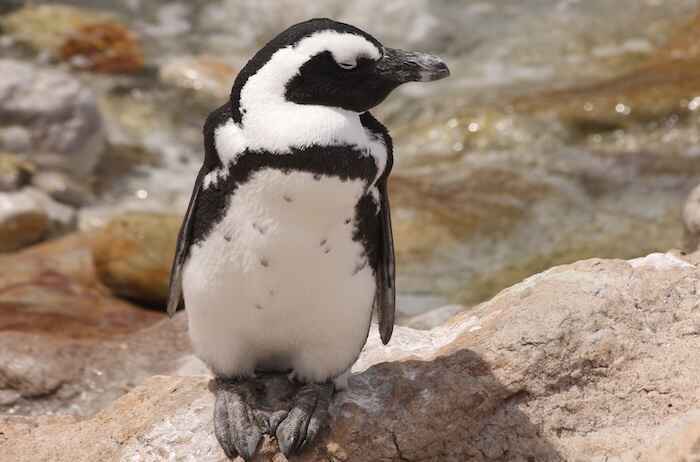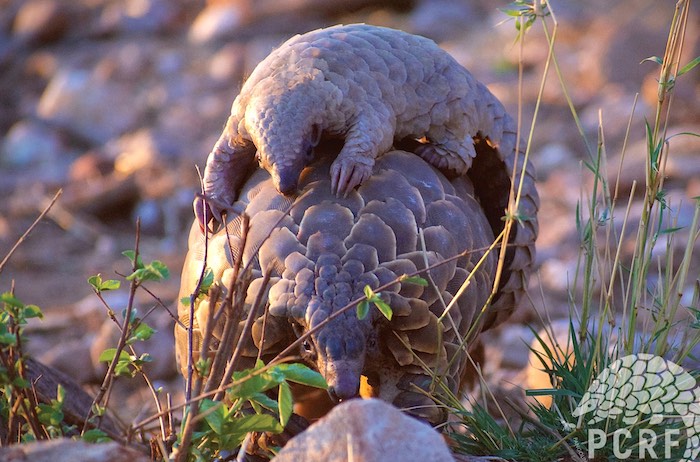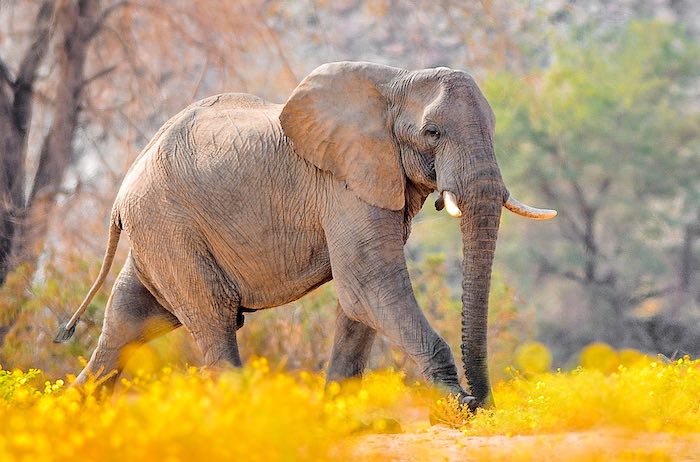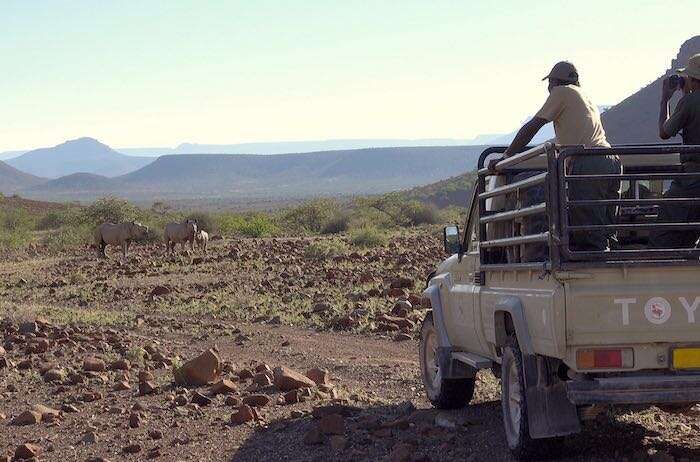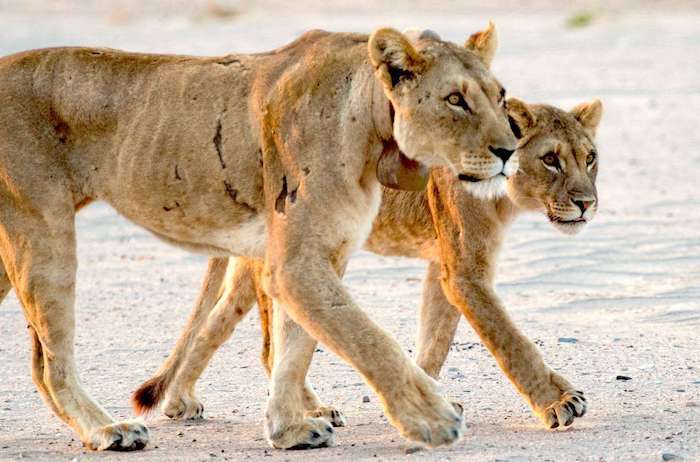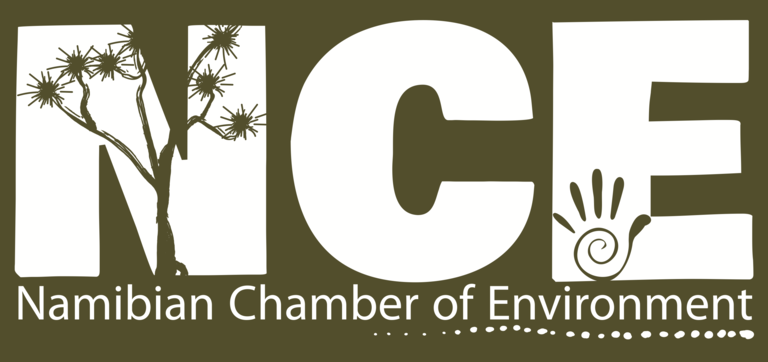
Foreword
Another year has gone by and COVID-19 is not only still with us, but is now more deadly than ever before. The impact of this disease on the Namibian society and economy are frightening; the only way to end this saga is for many more Namibians get vaccinated as soon as possible. These are dark times, but NCE members have been extremely busy during this time and have produced some wonderful moments of celebration, which we are pleased to share with you here.
The COVID Relief, Recovery and Resilience Facility is perhaps the biggest talking point in Namibian conservation this year. This monumental effort saved hundreds of jobs and fully revealed just how important the communal conservancy programme is to the Namibian government, private sector donors, and conservation organisations. NCE is proud to be a part of this initiative and want to encourage our members, donors and government partners to maintain the momentum. You can read more about the impressive scale of this Facility and its achievements thus far in All for One and One for All.
Despite the coronavirus, conservation in communal conservancies continues – Rhino Rangers are still patrolling vast distances in the northwest, while critical wildlife corridors are maintained in the northeast. A new environmental education and training centre in the Kunene Region is also a welcome development that will increase our capacity to supply rural communities with environmental information.
Another major success story in Namibia this year was the stunning 98% reduction in seabird deaths caused by Namibian commercial longline fisheries. From being among the deadliest marine fisheries on the planet, today our waters are a much safer place for albatrosses, petrels and a host of other species. This story exemplifies good conservation – thorough research, introducing international best practices in close cooperation with the government and the private sector, and helping local entrepreneurs to be part of the solution. Find out what all this means for the most graceful of all seabirds, the albatross, in Gliding into a Brighter Future.
Moving to our coastline, we read about research on Cape fur seals that elucidates how they find each other and prevent deadly conflict within the densely populated Cape Cross colony. From the coast, we head into the mountains and share some exciting discoveries made during a scientific expedition to unexplored mountaintops in Namibia and Angola. Scientific research is the starting point for good conservation, and it is especially urgent right now for the world's most trafficked animal – the pangolin.
In more good conservation news, livestock losses to cheetahs have been enormously reduced by cattle farmers who use information on cheetah movements to guide livestock management. In common with the albatross success story, this project involved collecting hard scientific data and sharing their knowledge with the most affected parties. In Teamwork and Science, we highlight the importance of building relationships and trust between conservationists and people who live with wildlife, a key tenet of conservation that cannot be overemphasised.
Although long-term coexistence is the ultimate goal, solutions to immediate human-carnivore conflict are still required. Two articles discuss the case for translocating problem-causing animals (lionsand wild dogs) rather than killing them. Staying with carnivores, we look at how detection dogs can be trained to find cheetah scat and thus help researchers to find out more about this species.
Conservation is not all good news, unfortunately, and there are serious concerns about the future of the Okavango River. Notwithstanding the potential threat of oil drilling and problems that may arise due to climate change, this river system is under severe threat right now from rapidly expanding agricultural lands and unregulated water use. Although the threats are largely confined to Angola and Namibia, the country with the most to lose is Botswana, which hosts the globally important Okavango Delta. A River in Trouble sounds the alarm bells and calls for more transboundary cooperation to address these concerns.
Although the good rains were welcomed across Namibia this season, they nearly spelled extinction for a newly discovered plant species that grew in places that are now inundated with the waters of Neckartal Dam. Quick acting botanists sprang into action and saved as many specimens as they could. While some plants face extinction, others can cause ecological damage – exotic species of cacti are threatening to invade Namibia. Again, timely conservation action was required and implemented; this time involving biological control. Finally, we take a step back from individual species and consider the looming threat of climate change – and what Namibia should do about it.
Conservation is not on lockdown, but it certainly needs all the support it can get during these difficult times. In these pages, you will find that conservationists are accustomed to overcoming challenges of every kind to achieve their goals. From walking thousands of kilometres to protect rhinos to catching a ride on a helicopter to find new species, these dedicated individuals and organisations continue to go above and beyond in their quest to conserve our natural environment. We encourage you to visit the websites of contributing organisations and find out how you can get involved and do your part.
Yours in conservation
Chris Brown and Gail Thomson
